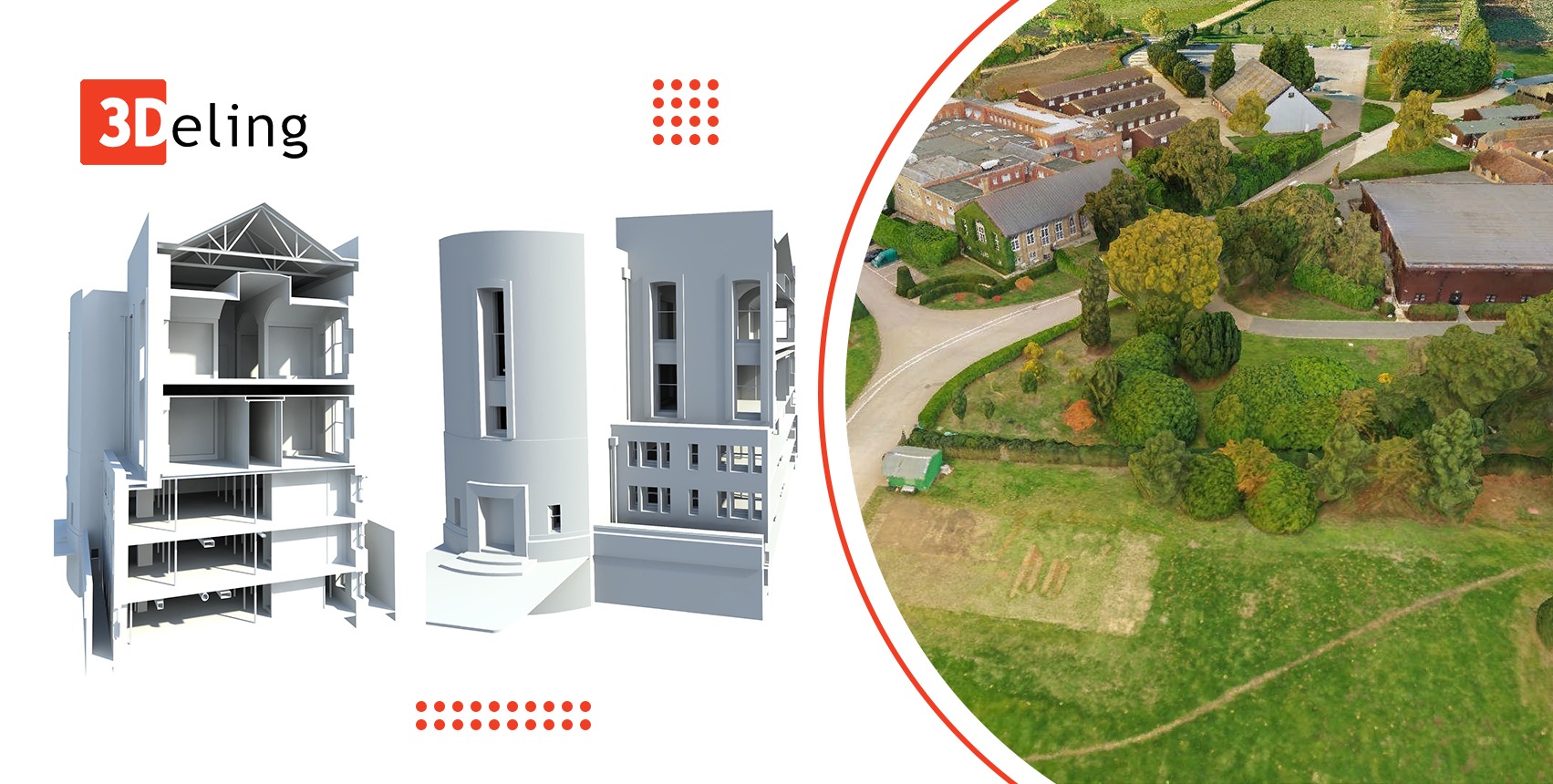Understanding BIM levels of detail is crucial for project accuracy, efficiency, and clarity. Knowing how each BIM level of detail applies will improve stakeholder coordination for new builds or structure documentation. This guide explains BIM LOD levels and their practical uses to help you choose the proper standard for your project.

Why BIM Detail Matters
The detail BIM determines model information and precision at each stage. It affects model shape, appearance, and data type. For projects involving existing buildings—often acquired using 3D laser scanning and point cloud technology—BIM conversion requires balancing detail, software restrictions, and project goals.
Insufficient detail might render a model useless, while excessive detail wastes time and resources. Having the correct BIM detail ensures an accurate, useful, and client-aligned model.
Challenges of Modeling Existing Structures
When constructing BIM models from point clouds, converting data for Revit, AECOsim, or ArchiCAD, which were built for new builds, is difficult. Due to wear, inconsistencies, and variations from plans, existing structures often need adjustments. Determining the BIM degree of detail early on establishes accuracy and scope expectations.
The selection of BIM LOD levels affects the project timeframe. The choosing procedure must be realistic and based on the model’s intended purpose because higher detail requires more effort and precision.
Understanding Common BIM LOD Levels
BIM levels are usually divided into stages with diverse functions. Definitions vary by country or organization, but these are industry benchmarks:
Level 1: Mass Model
BIM Level 1 models focus on structure, shape, and size without complex details. This helps place a building in its surroundings. Basic geometry can be used to analyze sunlight exposure and spatial interactions during early planning.
Level 2: Basic Structural Model
Level 2 BIM detail includes more defined structural features. Like working with 1:200 scale 2D architectural designs. The model may not contain all windows and doors, but it provides enough framework for a first design.
Level 3: Basic Architectural Model
This level of BIM detail comprises finer features, closer to 1:50 or 1:100 drawing scale. While not building documents, it is a good architectural representation. Depending on the project, windows, doors, and internal layouts can be included here.
Balance Client Needs and Technical Feasibility
Defining BIM LOD levels helps match client expectations with delivery. Clients are often asked to list their needs in a questionnaire during planning. A project may start at LoD2 but add LoD3 elements for better presentations.
This adaptability prevents misunderstandings and balances detail with efficiency. BIM detail level agreement is essential for accurate project scheduling and resource planning.
Checking Model Quality at Every Stage
Quality checks are necessary to ensure models satisfy requirements regardless of BIM detail. Before delivery, dimensions, geometry, and data accuracy are checked. Integrating checks at every stage ensures consistency, reduces rework, and meets industry standards.
Practical Scenarios for BIM Detail Levels
- Urban planning: LoD1 commonly explains city block building massing.
- Concept design: LoD2 is useful for exploring early architectural options without precision.
- Projects to refurbish: LoD3 provides enough detail for improvements, especially with laser scan data for precision.
Choosing BIM LOD levels depends on the objective. Heritage restorations may require LoD3 to capture intricate details, while feasibility studies may just need LoD1.
Changing Standards and Global Variations
BIM levels vary globally. The US AIA’s LOD definitions and the UK’s BIM Level of Detail requirements disagree. When working on worldwide projects or with global teams, these variances must be monitored.

Last thoughts on BIM LOD levels
Professionals can create accurate, efficient, and useful models by mastering BIM detail. It converts raw data like laser scans into decision-supporting BIM models.
Definition and management of BIM LOD levels is more than a technical procedure for organizations like 3Deling; it ensures each project has the proper combination of precision and practicality. By defining the level of detail BIM from the start, projects operate more smoothly, cooperation improves, and deliverables meet technical and client expectations.
